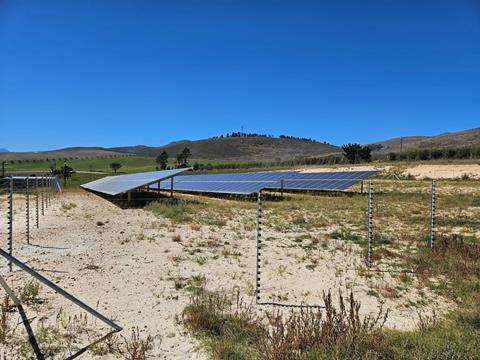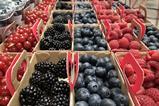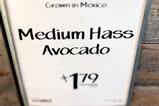Several producers who supply leading exporter Tru-Cape say their irrigation systems now depend far less on the country’s consistently unreliable national electricity network

Apple and pear growers in South Africa are making significant investments in solar energy systems as the country’s electricity supply continues to falter.
For over 15 years, South African producers have contended with frequent rolling blackouts known locally as load shedding.
Designed to protect a national network that cannot meet demand, the outages cut electricity supply from homes and businesses in different parts of the country at different times, typically for periods of up to four hours.
For orchards and packhouses, load shedding means potentially devastating interruptions. That’s why so many of them have invested in their own private energy supply, using generators, lithium batteries, and solar arrays.
Many of the producers that supply Tru-Cape, one of South Africa’s biggest topfruit exporters, have made significant investments in alternative energy sources.
In doing so, they say they have not only secured their production and reduced their costs, but also reduced their environmental footprint.
The Van Niekerk Boerdery near Caledon, for example, says it has reduced its carbon dioxide emissions by over 32 tonnes and planted the equivalent of 45 trees since it added solar panels in October 2023.
“Although it is born out of necessity, every farmer wants to care for the environment,” says Wimpie van Niekerk, who oversees the apple and pear orchards on his family’s farm. “Solar energy is available. It benefits me, and it benefits the environment, making it a win-win situation.”
The greatest advantage of solar energy, he says, is the independence it provides. Wimpie’s cousin Niekie, who is credited as the brains behind the development, has apparently ensured the new system is part of a cost-efficient energy strategy.
“In the past, [state energy company] Eskom used to dictate when and if we could farm, but thanks to alternative energy sources, we can now farm the way we should,” Van Niekerk adds.
Greater efficiency
One of the farm’s biggest energy requirements comes from its irrigation pipelines and pumps. These have been enlarged and equipped with variable speed drive technology, which means larger orchard areas can now be irrigated in shorter periods.
The four Eskom power points on the farm have been consolidated into one larger point, which results in a further saving.
And the solar panels themselves can generate 100 kW of power and are connected to the generator, which means it can run on solar when the sun is shining.
“We are still grid-tied, but approximately a third of our energy consumption now comes from the sun,” says Van Niekerk. “Our system is much more efficient; resulting in significant cost savings, and we don’t have to worry about the availability of electricity and irrigation water.”
Rossouw Cillié, from Laastedrif Agri near Ceres, also has a strong passion for the environment and sustainable farming.
Like the Van Niekerk Boerdery, his farm is building so-called balancing dams at elevated locations, which means water for irrigation can be distributed using gravity alone.
It has also recently pioneered the recycling of effluent through a natural wetland filtration process to water its crops.
Last year, it upgraded its alternative energy system and now generates approximately 300 kW of solar energy for its packhouses, or around a third of its total usage.
With a backup generator no longer using so much diesel, this has resulted in CO2 emissions falling by over 380 tonnes since January 2023.
Carbon calculations
In the Ceres region, Nico Verhoef from Witzenberg Properties believes all producers should make it their priority to protect the environment.
The company has one central distribution point from which it receives electricity to irrigate approximately 600ha on its two farms, Dennekruin and Die Eike. But it remains a challenge to complete irrigation cycles during load-shedding.
Luckily, South Africa has a lot of scope to generate solar energy. Even though sunshine hours in the Western Cape vary significantly between summer and winter, they apparently align well with Witzenberg’s irrigation requirements.
“It offered us the opportunity to set up a single solar system of about 1.4 MW,” explains Verhoef. “At certain times on sunny days – usually between 12pm and 3pm – all our energy comes from the sun. However, when needed, we supplement it with Eskom power or diesel generators.”
The cost savings are of course welcome, but Verhoef says he is also excited about reducing carbon emissions.
“Given the fact that South Africa primarily relies on coal and now also on diesel for power generation, solar energy can have a significant impact. There is a push towards environmental audits, and it is reassuring to know that we are ahead of the curve.”








